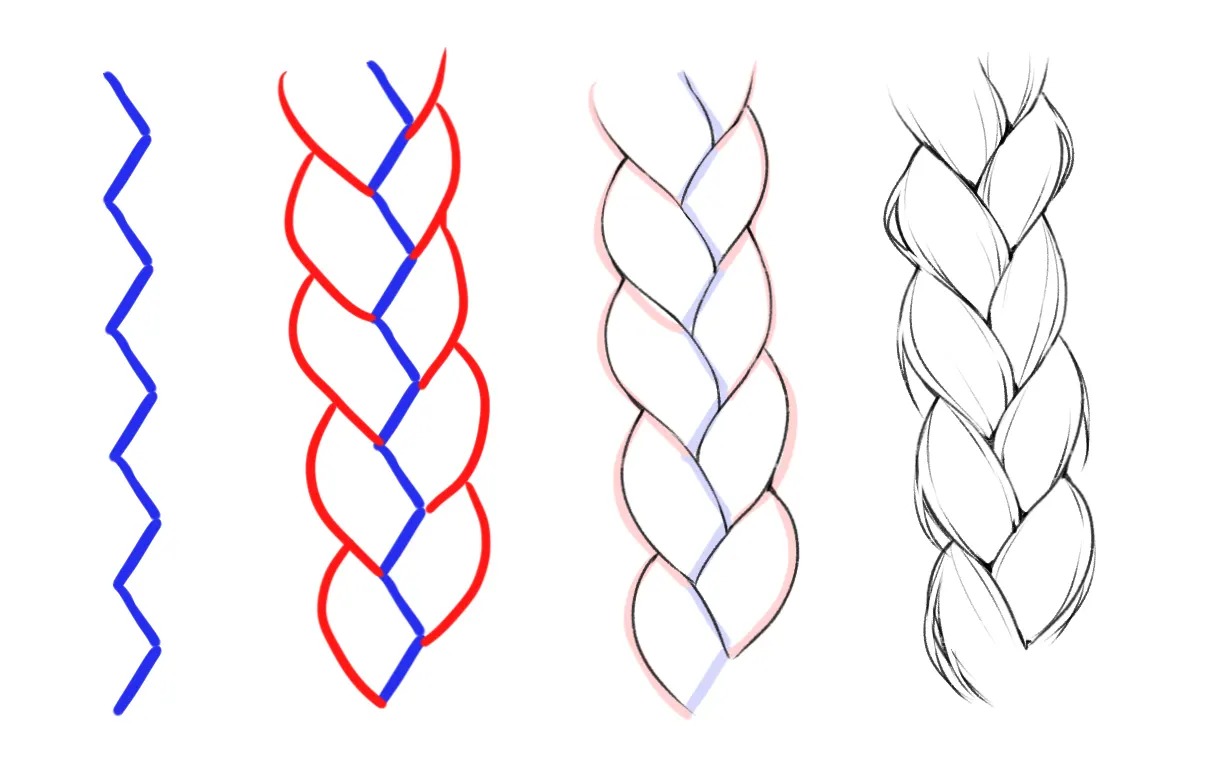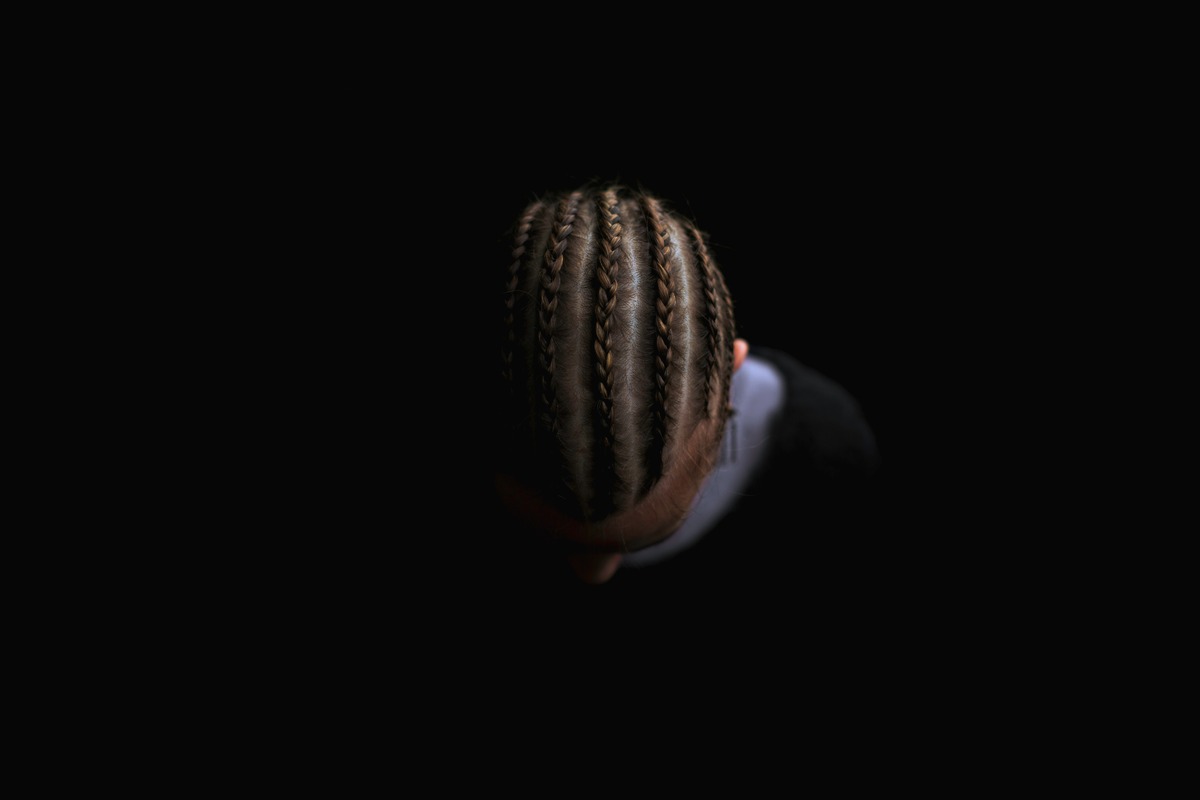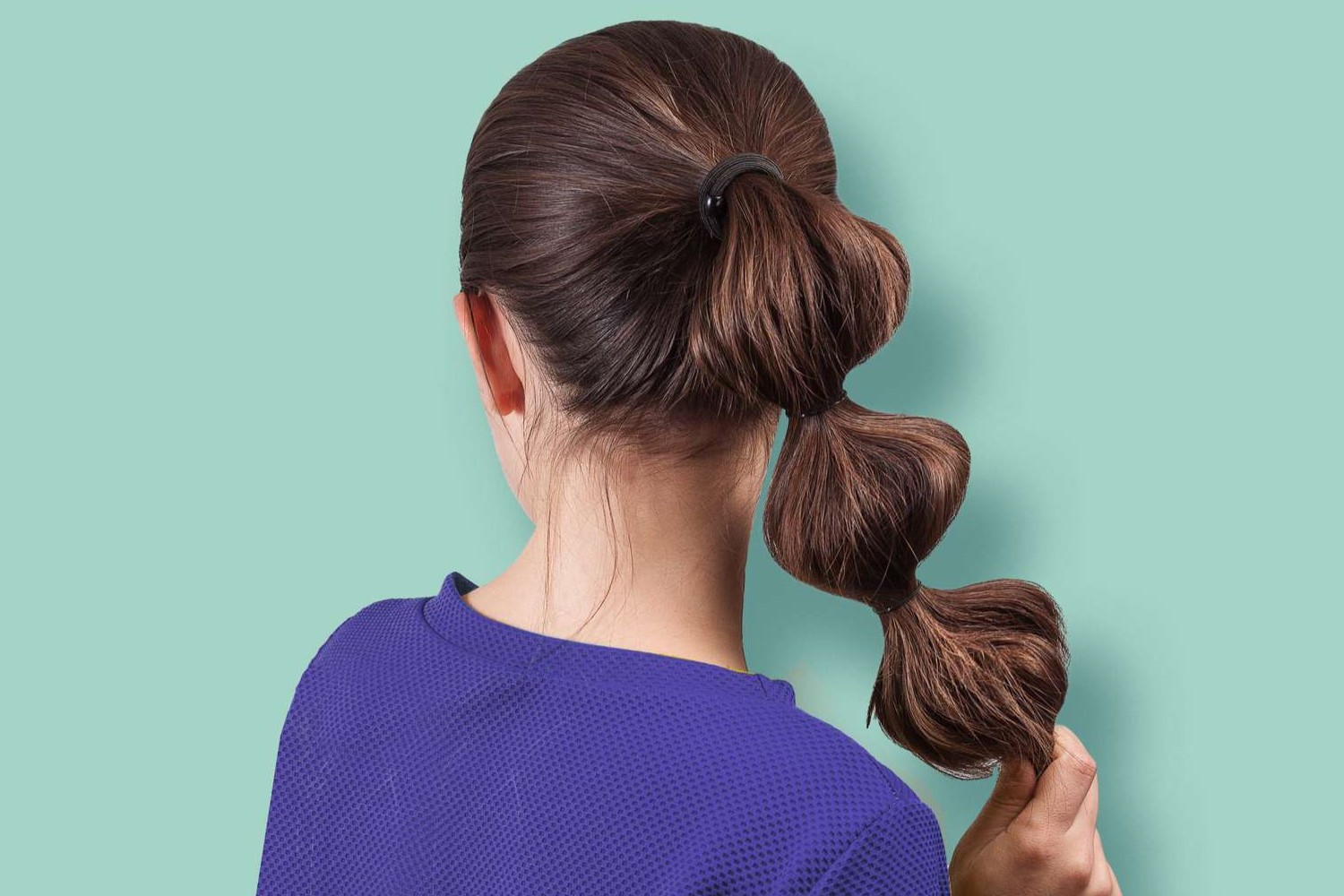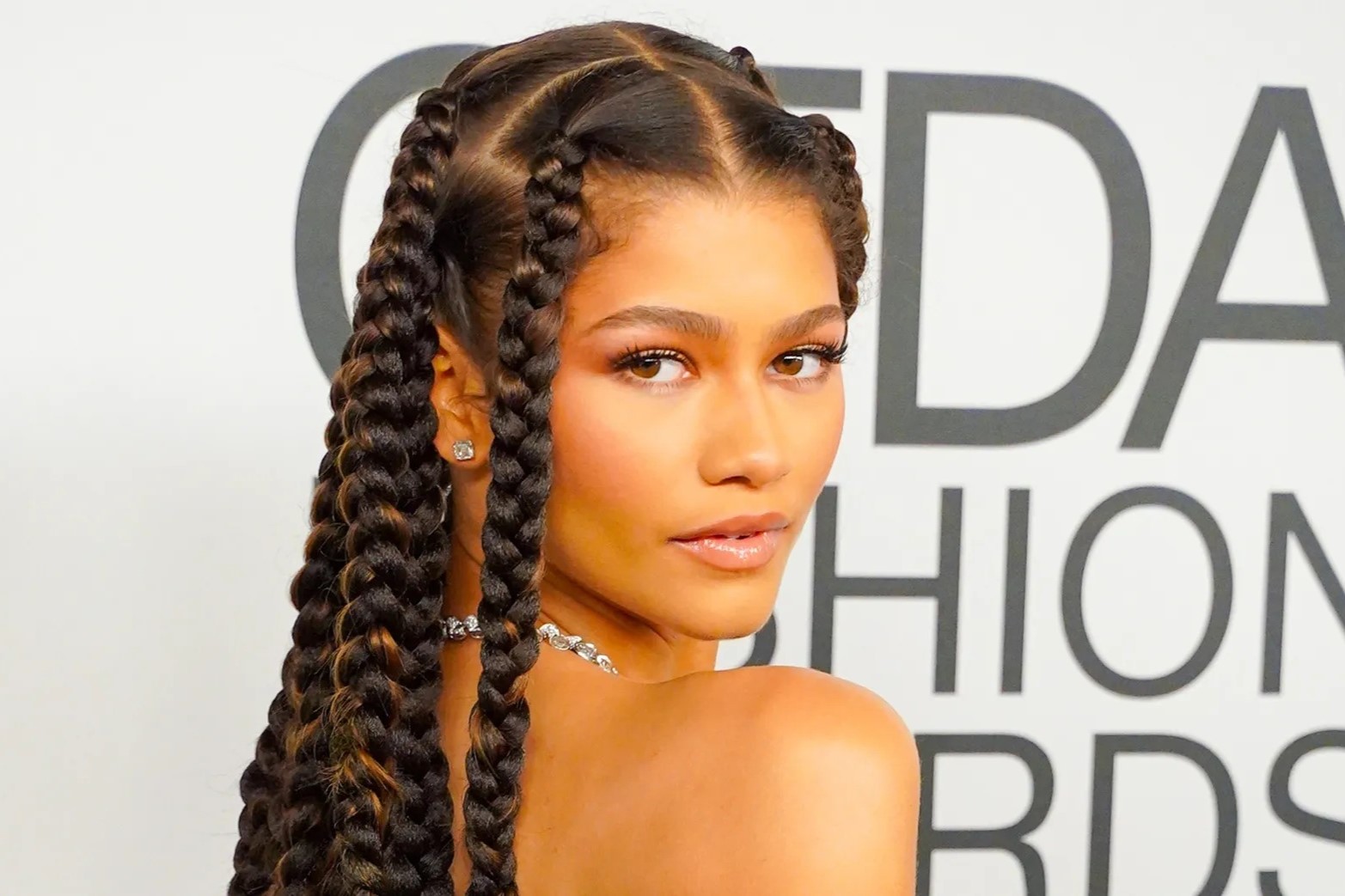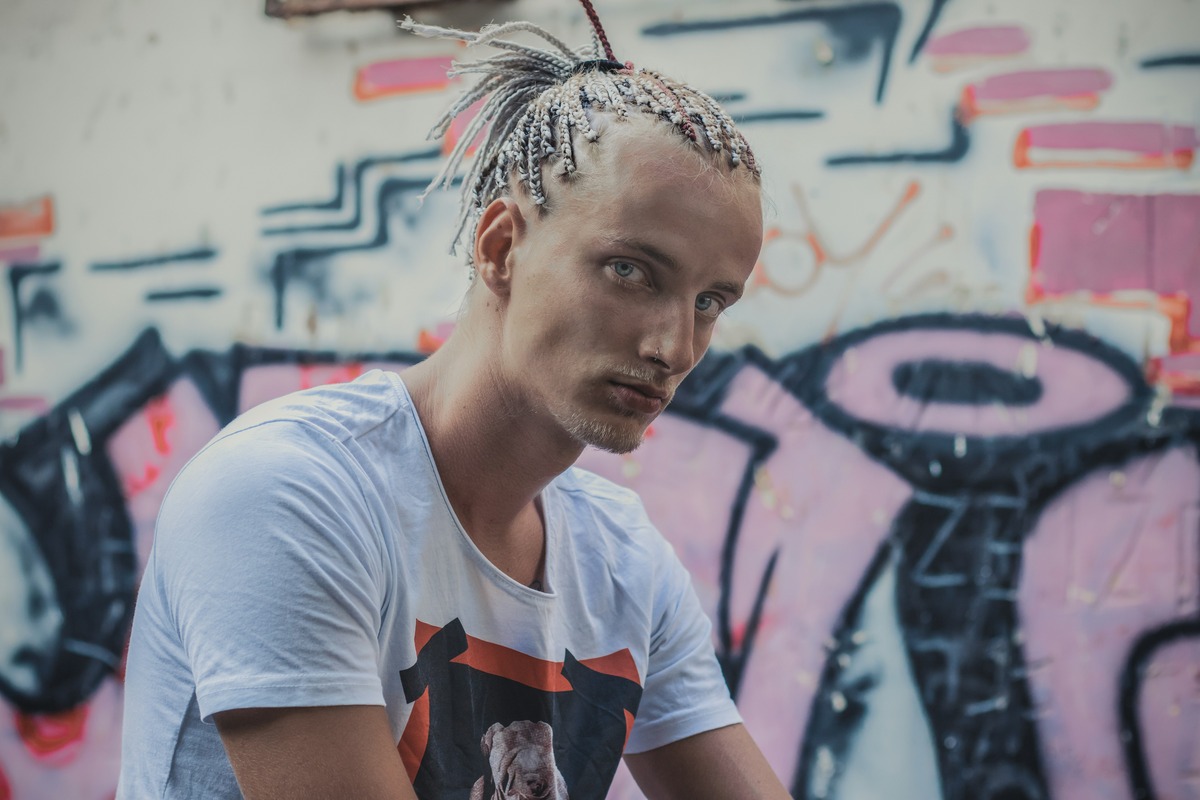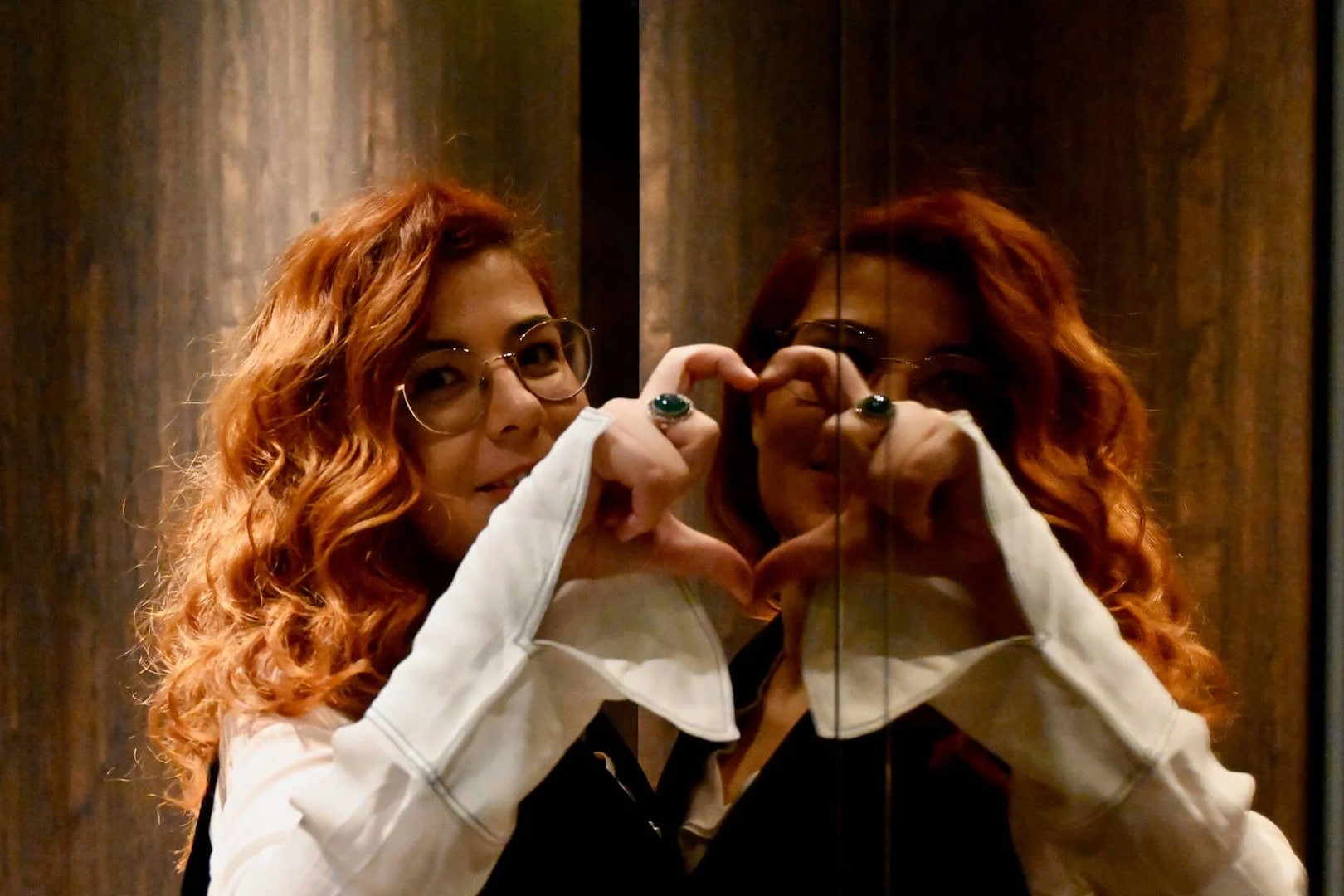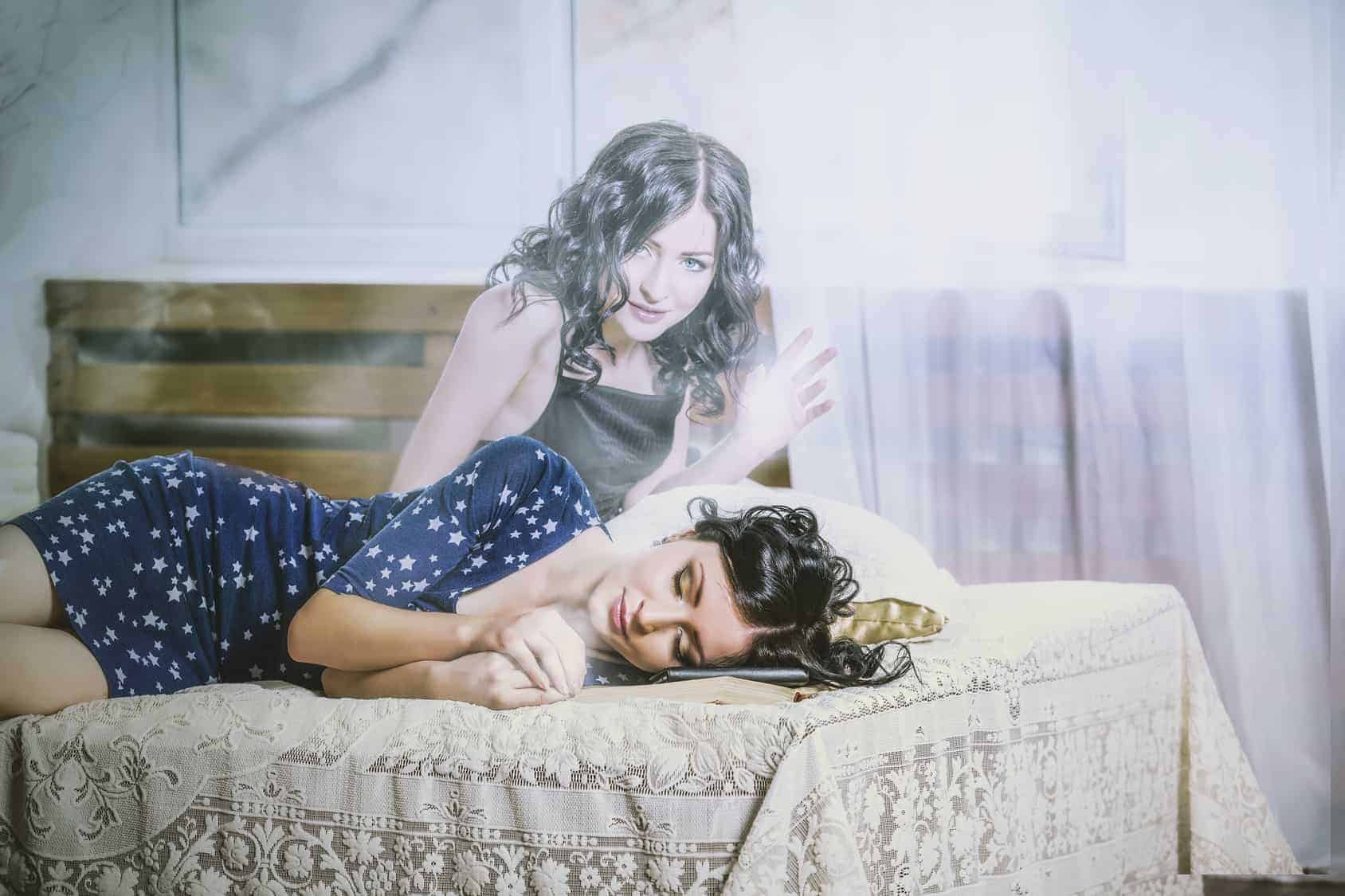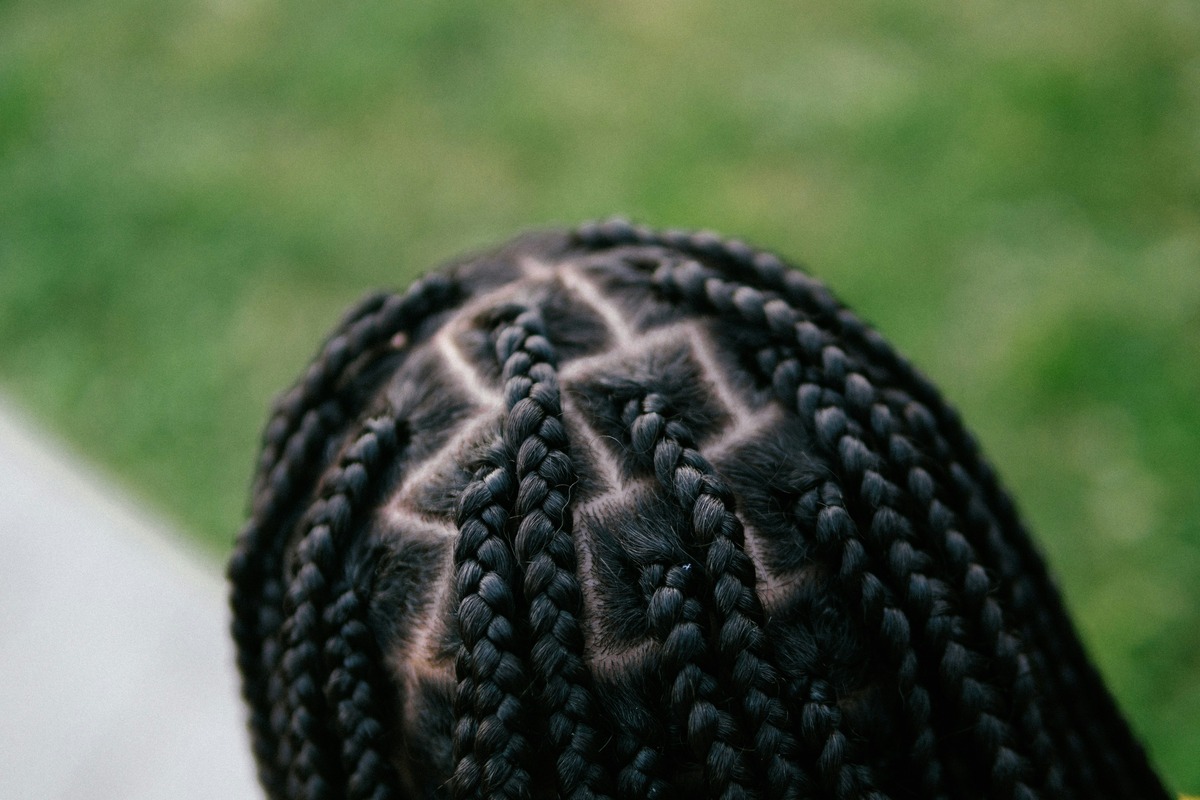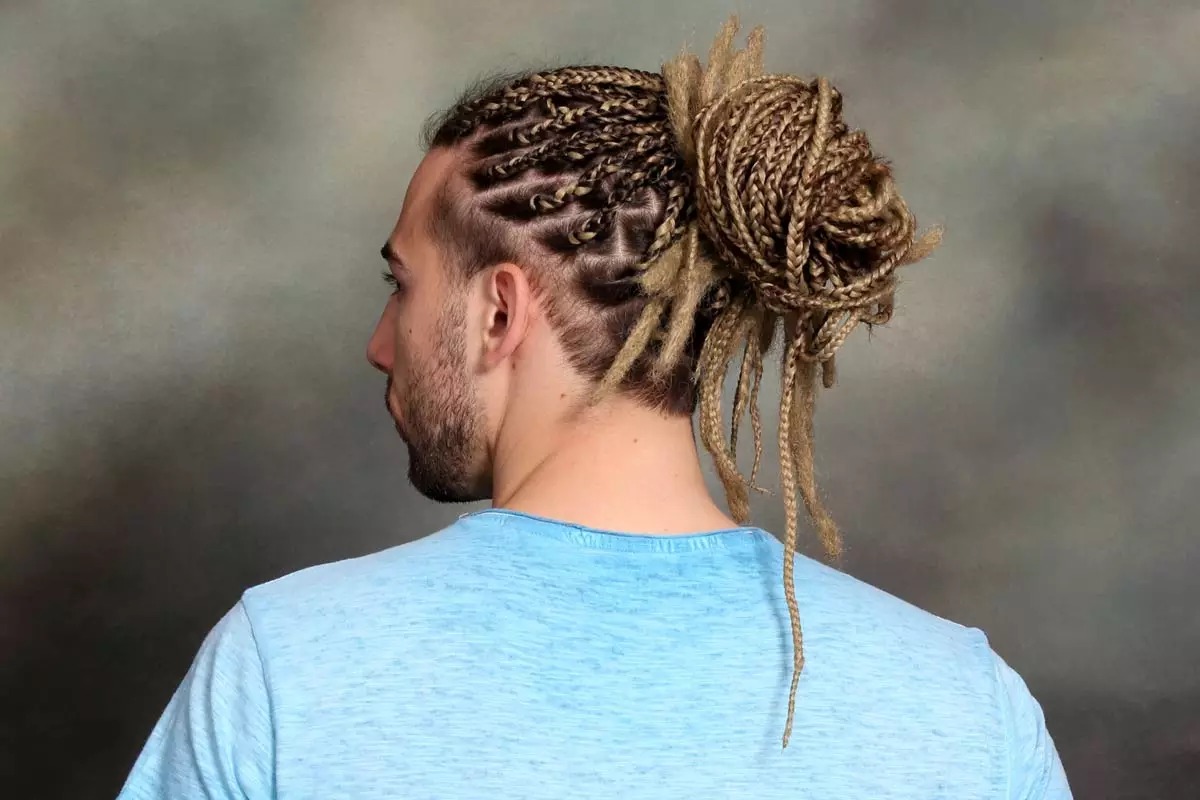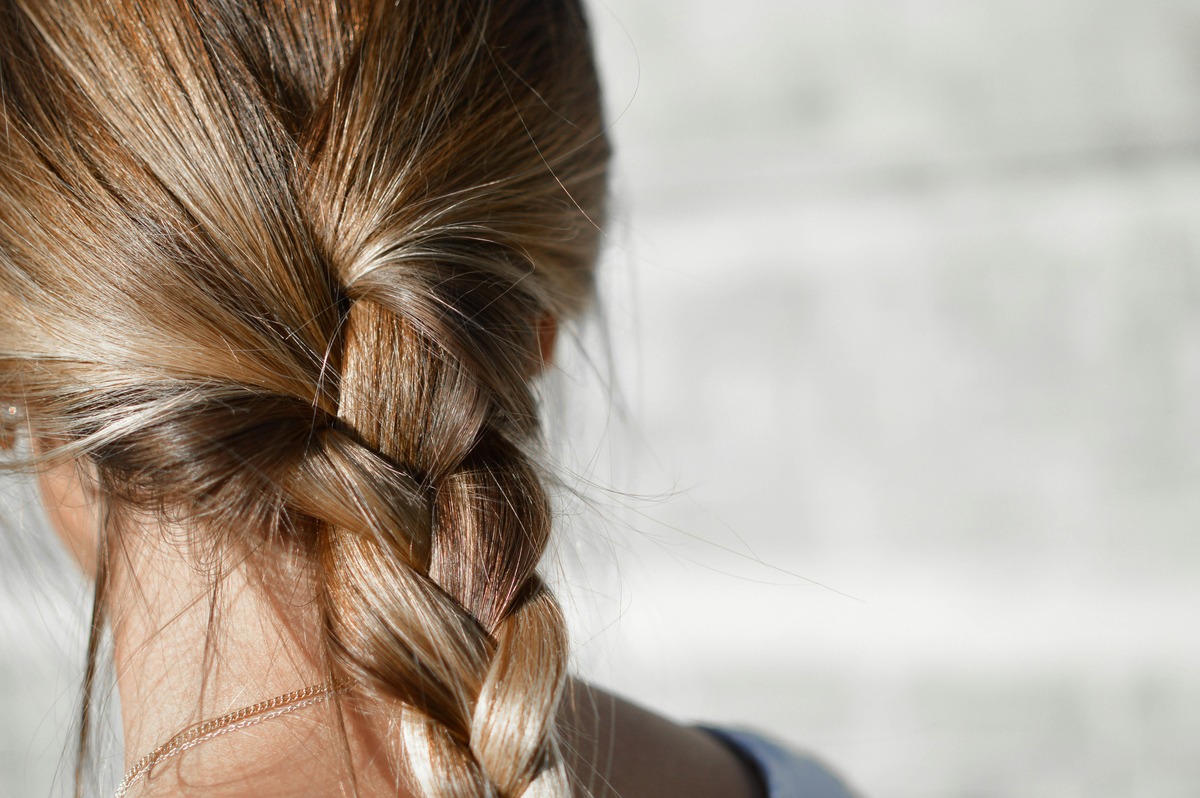Home>Lifestyle>Rocking Cornrow Braids: Breaking Stereotypes And Embracing Diversity!
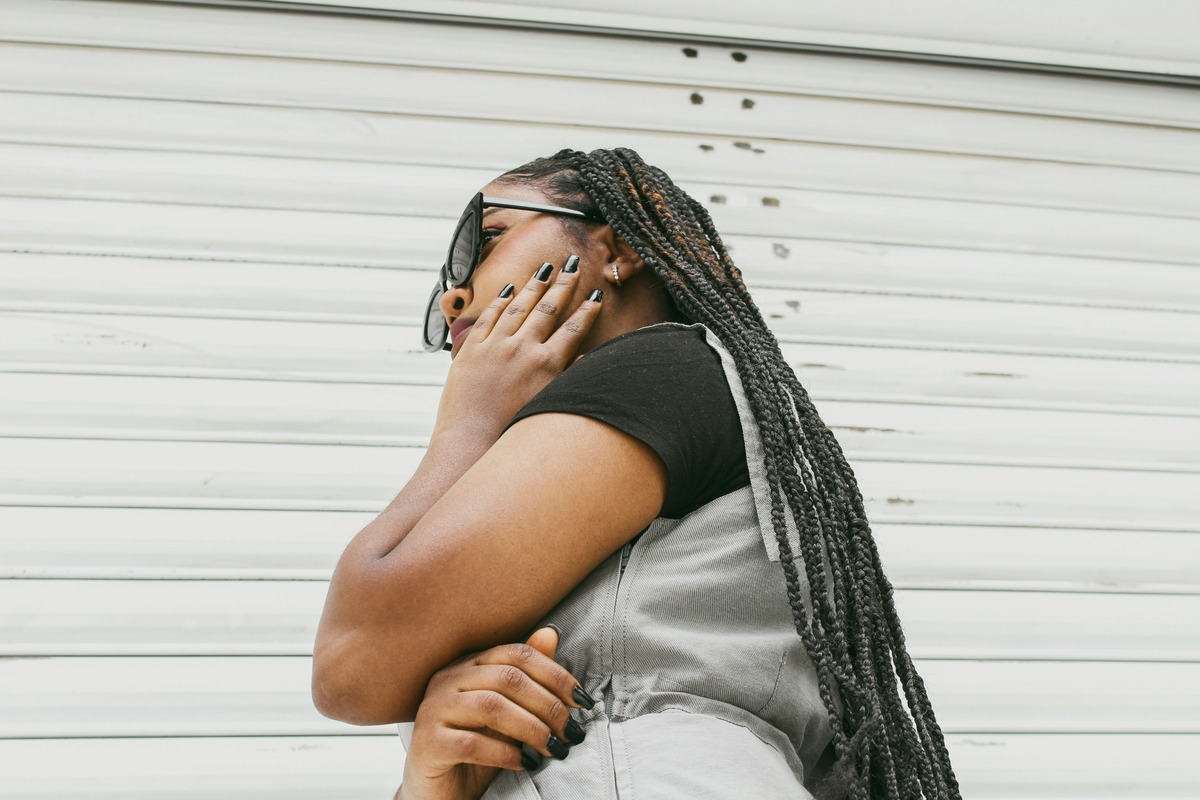

Lifestyle
Rocking Cornrow Braids: Breaking Stereotypes And Embracing Diversity!
Published: February 3, 2024
Explore the vibrant world of rocking cornrow braids and celebrate diversity in lifestyle. Break stereotypes and embrace unique cultural expressions with confidence!
(Many of the links in this article redirect to a specific reviewed product. Your purchase of these products through affiliate links helps to generate commission for Noodls.com, at no extra cost. Learn more)
Table of Contents
Introduction
Cornrow braids have long been an integral part of various cultures, symbolizing tradition, heritage, and individuality. With their roots deeply embedded in history, these intricate braids have transcended time and continue to make a bold statement in the modern world. From their rich cultural significance to their evolution as a fashion statement, cornrow braids have become a powerful symbol of diversity and empowerment.
The journey of cornrow braids is a testament to the resilience and creativity of humanity, as these braids have stood the test of time and defied stereotypes. This article delves into the captivating history, cultural significance, and the modern-day impact of cornrow braids, shedding light on their role in breaking stereotypes and embracing diversity. Join us on this enlightening exploration of the world of rocking cornrow braids!
The History of Cornrow Braids
Cornrow braids, also known as canerows, trace their origins back thousands of years to ancient Africa. These meticulously crafted braids were not merely a fashion statement; they held deep cultural and historical significance within various African communities. The intricate art of cornrowing was passed down through generations, with each braid telling a unique story and reflecting the heritage of the wearer.
The origins of cornrow braids can be traced to the African continent, where different tribes and communities used braiding patterns to signify social status, age, religion, and kinship. For centuries, these braids were a symbol of cultural identity and a form of artistic expression. They were not only a means of adorning the hair but also served as a form of communication, with specific patterns conveying messages and traditions.
In addition to their cultural significance, cornrow braids also held practical value. In many African societies, where grooming and hair maintenance were communal activities, braiding served as a practical way to keep hair neat and manageable. The intricate patterns also provided a form of identification, allowing individuals to be recognized within their communities.
As the transatlantic slave trade brought millions of Africans to the Americas, the tradition of cornrow braiding endured, albeit in a different context. Enslaved individuals maintained their braiding traditions, using them as a form of resistance and a way to preserve their cultural heritage in the face of adversity. Over time, cornrow braids became intertwined with the history of the African diaspora, serving as a powerful symbol of resilience and identity.
The history of cornrow braids is a testament to the enduring legacy of African traditions and the resilience of communities in preserving their cultural practices. From their ancient roots in Africa to their survival and evolution in the Americas, cornrow braids have transcended time and continue to carry with them the stories of generations past.
This rich history has laid the foundation for the cultural significance of cornrow braids, shaping their role as more than just a hairstyle, but as a symbol of heritage, strength, and identity. The evolution of cornrow braids in different parts of the world has further contributed to their global significance, making them a celebrated and revered form of self-expression and cultural pride.
The Cultural Significance of Cornrow Braids
Cornrow braids hold profound cultural significance, deeply rooted in the traditions and identities of various communities. Across different African cultures, the art of cornrowing has been a cherished practice, with each braid pattern carrying symbolic meanings and reflecting the wearer's heritage.
The significance of cornrow braids extends beyond mere aesthetics; it serves as a visual language, communicating social roles, familial ties, and even religious beliefs. In many African societies, specific braiding patterns were used to denote a person's age, marital status, and social standing. These intricate designs were a form of communal storytelling, preserving traditions and passing down cultural knowledge from one generation to the next.
Moreover, cornrow braids have been a source of empowerment and resilience within African communities. They have served as a means of self-expression and a way to reclaim cultural identity in the face of historical adversity. The act of braiding, often a communal practice, fostered a sense of unity and solidarity, reinforcing the bonds within the community.
As African traditions spread across the diaspora, cornrow braids became a symbol of resistance and cultural preservation. Enslaved individuals in the Americas continued the tradition of braiding, infusing it with new meanings of strength and defiance. The intricate patterns became a form of silent communication, conveying messages of resilience and solidarity in the face of oppression.
In modern times, cornrow braids have transcended cultural boundaries, gaining recognition and appreciation on a global scale. They have become a powerful symbol of diversity, representing the beauty of different heritages and traditions. Embraced by people of various ethnicities, cornrow braids have evolved into a celebration of cultural diversity, fostering inclusivity and understanding.
The cultural significance of cornrow braids continues to thrive, carrying with it the stories and legacies of countless generations. As a timeless art form, it serves as a reminder of the resilience, creativity, and cultural richness of diverse communities around the world. Through its intricate patterns and deep-rooted meanings, cornrow braids stand as a testament to the enduring legacy of cultural traditions and the power of self-expression.
The Evolution of Cornrow Braids in Modern Society
In modern society, the evolution of cornrow braids has transcended traditional boundaries, making a profound impact on the fashion, beauty, and cultural landscapes. Once deeply rooted in specific cultural contexts, cornrow braids have now become a global symbol of self-expression, diversity, and empowerment.
The evolution of cornrow braids in modern society can be observed in various spheres, including fashion runways, red carpets, and mainstream media. What was once considered a niche cultural hairstyle has now emerged as a trendsetting fashion statement, embraced by individuals from diverse backgrounds. The versatility of cornrow braids has led to their incorporation into contemporary styles, blending traditional techniques with modern aesthetics.
Beyond the realm of fashion, cornrow braids have also made a significant impact in promoting cultural inclusivity and diversity. They have become a means for individuals to proudly display their heritage and celebrate their roots. The visibility of cornrow braids in popular culture has helped challenge stereotypes and redefine beauty standards, promoting a more inclusive representation of diverse hairstyles.
Moreover, the evolution of cornrow braids has sparked conversations about cultural appropriation and the importance of acknowledging the origins of traditional hairstyles. This increased awareness has led to a greater appreciation for the cultural significance of cornrow braids and the need to respect their historical roots. As a result, efforts to educate and raise awareness about the cultural heritage of cornrow braids have gained momentum, fostering a deeper understanding of their significance.
In the beauty industry, the evolution of cornrow braids has also led to innovative techniques and styles, expanding the creative possibilities for hairstylists and individuals alike. From intricate geometric patterns to contemporary variations that blend different braiding techniques, cornrow braids continue to inspire new interpretations and artistic expressions.
Overall, the evolution of cornrow braids in modern society has been characterized by a shift towards embracing diversity, promoting cultural awareness, and celebrating the beauty of individuality. As these braids continue to captivate the imagination of people around the world, their evolution serves as a testament to the enduring relevance of cultural traditions in shaping contemporary expressions of beauty and identity.
Breaking Stereotypes with Rocking Cornrow Braids
Cornrow braids have emerged as a powerful symbol of breaking stereotypes and challenging conventional beauty standards. Traditionally associated with specific cultural identities, these braids have defied narrow perceptions and stereotypes, making a bold statement in the realm of beauty and self-expression.
One of the most impactful ways in which cornrow braids have broken stereotypes is by redefining beauty norms. In many societies, beauty standards have been narrowly defined, often excluding diverse representations of beauty. However, the prominence of cornrow braids in mainstream culture has challenged these norms, celebrating the beauty of diverse hairstyles and empowering individuals to embrace their unique identities.
Moreover, the visibility of cornrow braids in various public spaces, such as the media, entertainment industry, and fashion, has played a pivotal role in dismantling stereotypes. By showcasing the beauty and elegance of cornrow braids, individuals have been able to defy preconceived notions and showcase the versatility and artistry of this traditional hairstyle.
Furthermore, the embrace of cornrow braids by individuals from different cultural backgrounds has shattered the stereotype that certain hairstyles are exclusive to specific ethnicities. The widespread adoption of cornrow braids across diverse communities has highlighted the universality of beauty and the significance of cultural exchange, fostering a more inclusive and accepting society.
In addition, the empowerment that individuals derive from wearing cornrow braids has been instrumental in challenging stereotypes. By proudly adorning these braids, individuals have asserted their cultural pride and defied the notion that certain hairstyles are inferior or less professional. This act of self-affirmation has contributed to a broader conversation about embracing diversity and rejecting discriminatory beauty standards.
Overall, the rocking of cornrow braids has been a transformative force in breaking stereotypes, promoting inclusivity, and celebrating the beauty of cultural diversity. As these braids continue to captivate the imagination of people around the world, they serve as a powerful reminder of the resilience and beauty found in defying stereotypes and embracing one's unique identity.
Read more: Shaq Dunks On Schintzius Breaks Backboard
Embracing Diversity through Cornrow Braids
Cornrow braids serve as a compelling symbol of embracing diversity, transcending cultural boundaries, and celebrating the beauty of individuality. The intricate art of cornrowing has become a unifying force, bringing together people from diverse backgrounds and fostering a sense of inclusivity and appreciation for cultural heritage.
One of the most profound ways in which cornrow braids embrace diversity is by serving as a visual representation of cultural exchange and unity. Individuals from various ethnicities and cultural backgrounds have embraced cornrow braids, recognizing and honoring the rich traditions from which they originate. This widespread adoption of cornrow braids has created a beautiful tapestry of diverse hairstyles, reflecting the interconnectedness of global cultures.
Moreover, the versatility of cornrow braids has allowed for creative expressions that transcend cultural boundaries. Individuals have incorporated elements of their own heritage into the intricate patterns, infusing the braids with personal significance and cultural pride. This fusion of diverse influences has resulted in a vibrant tapestry of styles, each telling a unique story and celebrating the beauty of cultural diversity.
In addition, the visibility of cornrow braids in various facets of society has played a pivotal role in promoting inclusivity and understanding. From the fashion industry to social media, these braids have become a symbol of representation, challenging stereotypes and promoting a more diverse and inclusive narrative of beauty. By showcasing the elegance and artistry of cornrow braids, individuals have contributed to a broader conversation about the importance of embracing diverse forms of self-expression and celebrating cultural heritage.
Furthermore, the embrace of cornrow braids has fostered meaningful conversations about the significance of cultural appreciation and respect. As individuals from different backgrounds come together to celebrate the beauty of these braids, they are engaging in a collective dialogue that promotes understanding and unity. This shared appreciation for the art of cornrowing has created opportunities for cultural exchange and mutual learning, strengthening the bonds between diverse communities.
In essence, cornrow braids have become a powerful emblem of embracing diversity, representing the beauty of cultural exchange, and celebrating the richness of individual heritage. As these braids continue to captivate the imagination of people worldwide, they stand as a poignant reminder of the beauty found in embracing diversity and honoring the traditions that unite us all.
Conclusion
In conclusion, the journey of cornrow braids is a testament to the enduring legacy of cultural traditions and the transformative power of self-expression. From their ancient origins in Africa to their evolution as a global symbol of diversity and empowerment, cornrow braids have transcended time and societal boundaries, leaving an indelible mark on the world of beauty and culture.
The rich history of cornrow braids, deeply rooted in the traditions of various African communities, reflects the resilience and creativity of humanity. These meticulously crafted braids have not only served as a form of artistic expression but also as a means of cultural preservation and communication. The survival of cornrow braids through centuries, from ancient African civilizations to the modern era, speaks to their enduring significance and the stories they carry.
Furthermore, the cultural significance of cornrow braids extends beyond aesthetics, serving as a visual language that communicates social roles, familial ties, and religious beliefs within diverse communities. The empowerment and resilience embodied in these braids have played a pivotal role in challenging stereotypes and redefining beauty norms, fostering a more inclusive representation of diverse hairstyles.
The evolution of cornrow braids in modern society has led to a greater appreciation for the cultural heritage they embody. Through their visibility in various spheres, including fashion, media, and the arts, cornrow braids have become a symbol of cultural exchange, unity, and pride. The fusion of diverse influences and the creative expressions inspired by these braids have contributed to a tapestry of styles that celebrates the beauty of cultural diversity.
Ultimately, cornrow braids stand as a powerful emblem of embracing diversity, promoting inclusivity, and honoring the traditions that unite us all. As individuals from diverse backgrounds come together to celebrate the beauty and artistry of these braids, they engage in a collective dialogue that promotes understanding, respect, and unity.
In a world where cultural appreciation and representation are more important than ever, cornrow braids serve as a poignant reminder of the beauty found in embracing diversity and celebrating the traditions that enrich our global tapestry. Their enduring legacy will continue to inspire and unite individuals across generations, transcending cultural boundaries and fostering a more inclusive and understanding society.
